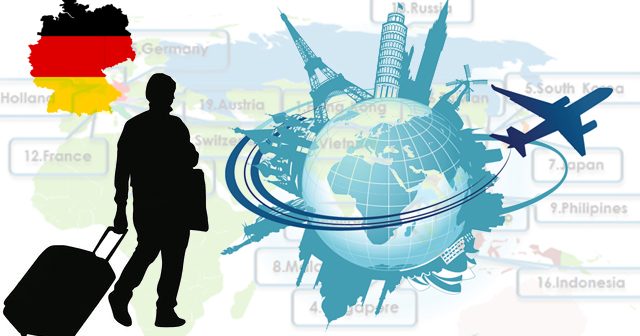Germany is the second most popular migration destination in the world, after the United States.[37] On 1 January 2005, a new immigration law came into effect. The political background to this new law was that Germany, for the first time ever, acknowledged to be an “immigration country”. The practical changes[clarification needed] to immigration procedures were relatively minor. New immigration categories, such as “highly skilled professional” and “scientist” were introduced to attract valuable professionals to the German labour market. The development within German immigration law shows that immigration of skilled employees and academics has eased[clarification needed] while the labour market remains closed for unskilled workers.
In April 2012, European Blue Card legislation was implemented in Germany, allowing highly skilled non-EU citizens easier access to work and live in Germany, subject to certain requirements. According to the federal statistics office in 2016, over one out of five Germans has at least partial roots outside of the country.
Read More Here



1 Comment
What a bunch of vital information.